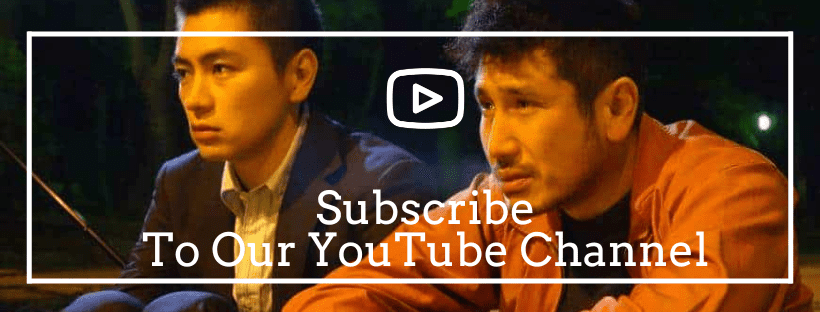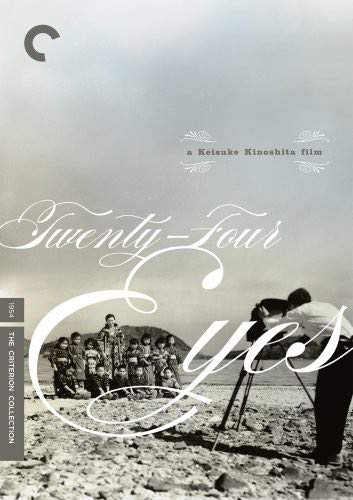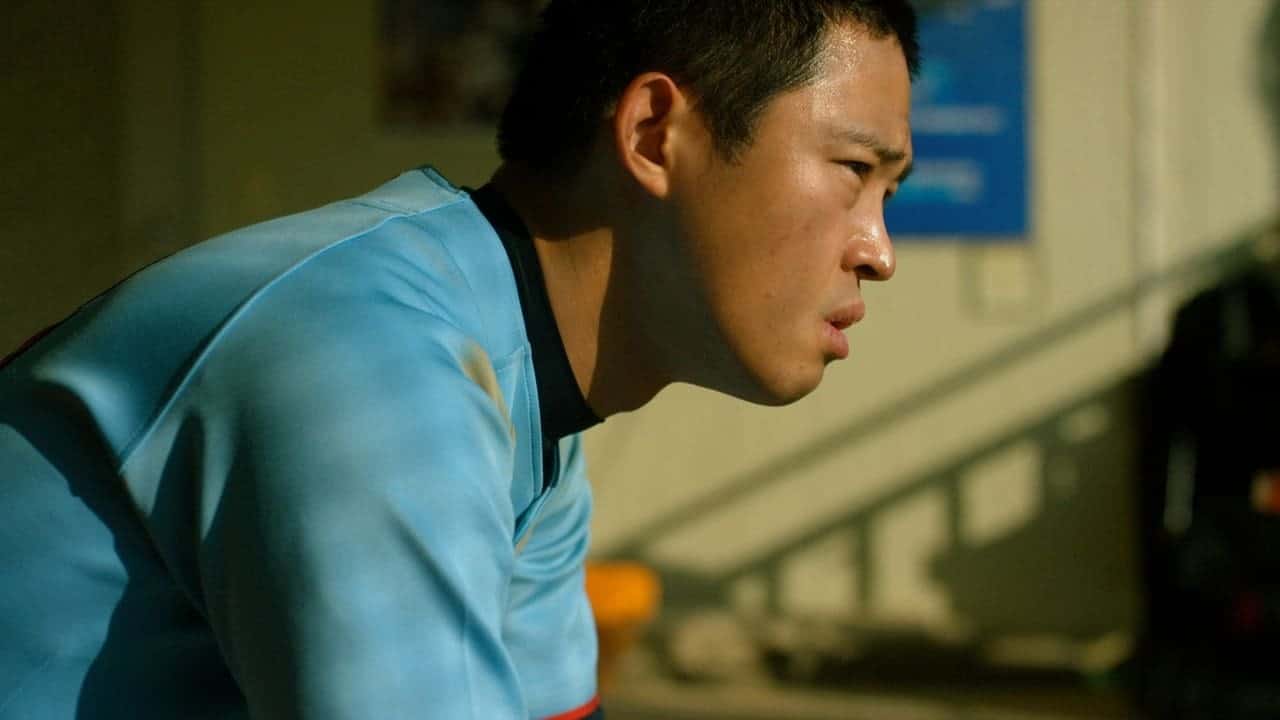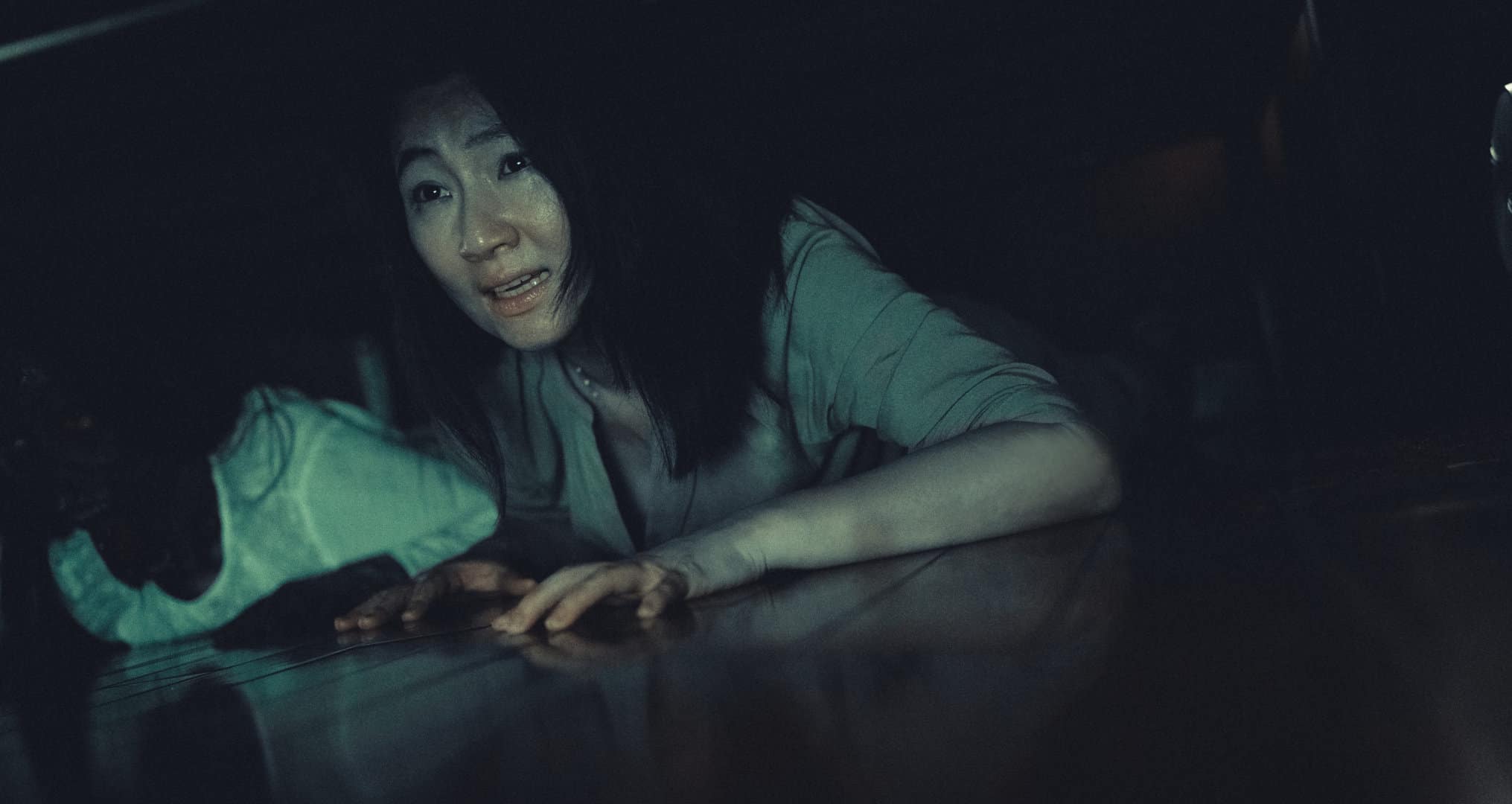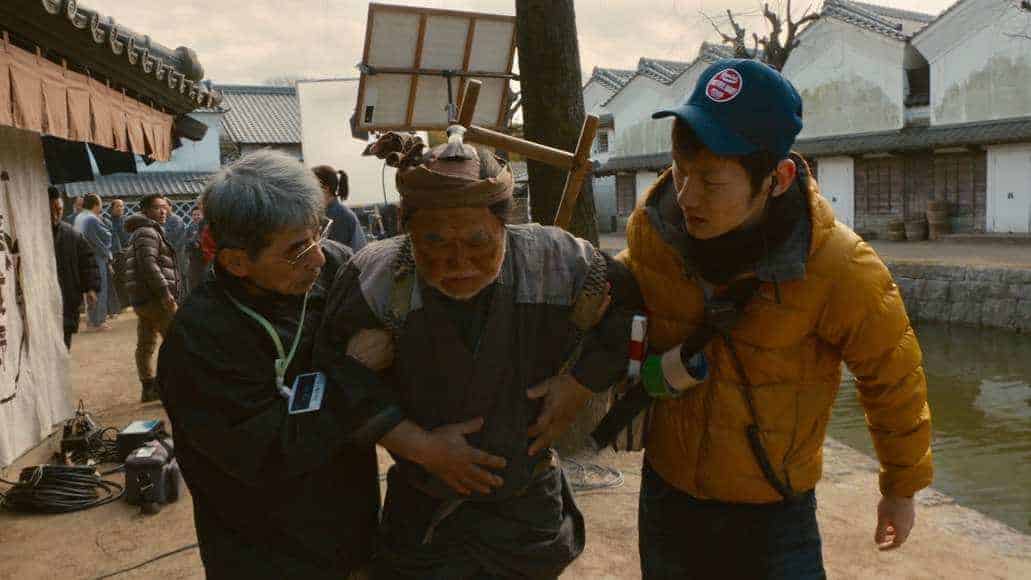Historically speaking, many are used to looking at Japan during World War II for the more notorious aspects, such as the atrocities committed by the Imperial Japanese Army or the dictatorship rule of a militaristic government that regularly promoted ultra-nationalistic notions. It seems unreal to some that Japanese citizens had differing mindsets during this historical period of waging aggression. Yet, it would be unwise to label every individual in Japan as standing for the same values, as there were also plenty of pacifistic perspectives that were seen as controversial at the time. One can only imagine what it must have been like for children growing up during the Showa period with constant clashing mindsets. These elements would play into the narrative of Keisuke Kinoshita's “Twenty-Four Eyes,” a beautiful film that promotes love and pacificism during a time of nationalism and war.
Twenty-Four Eyes is screening at Nippon Connection
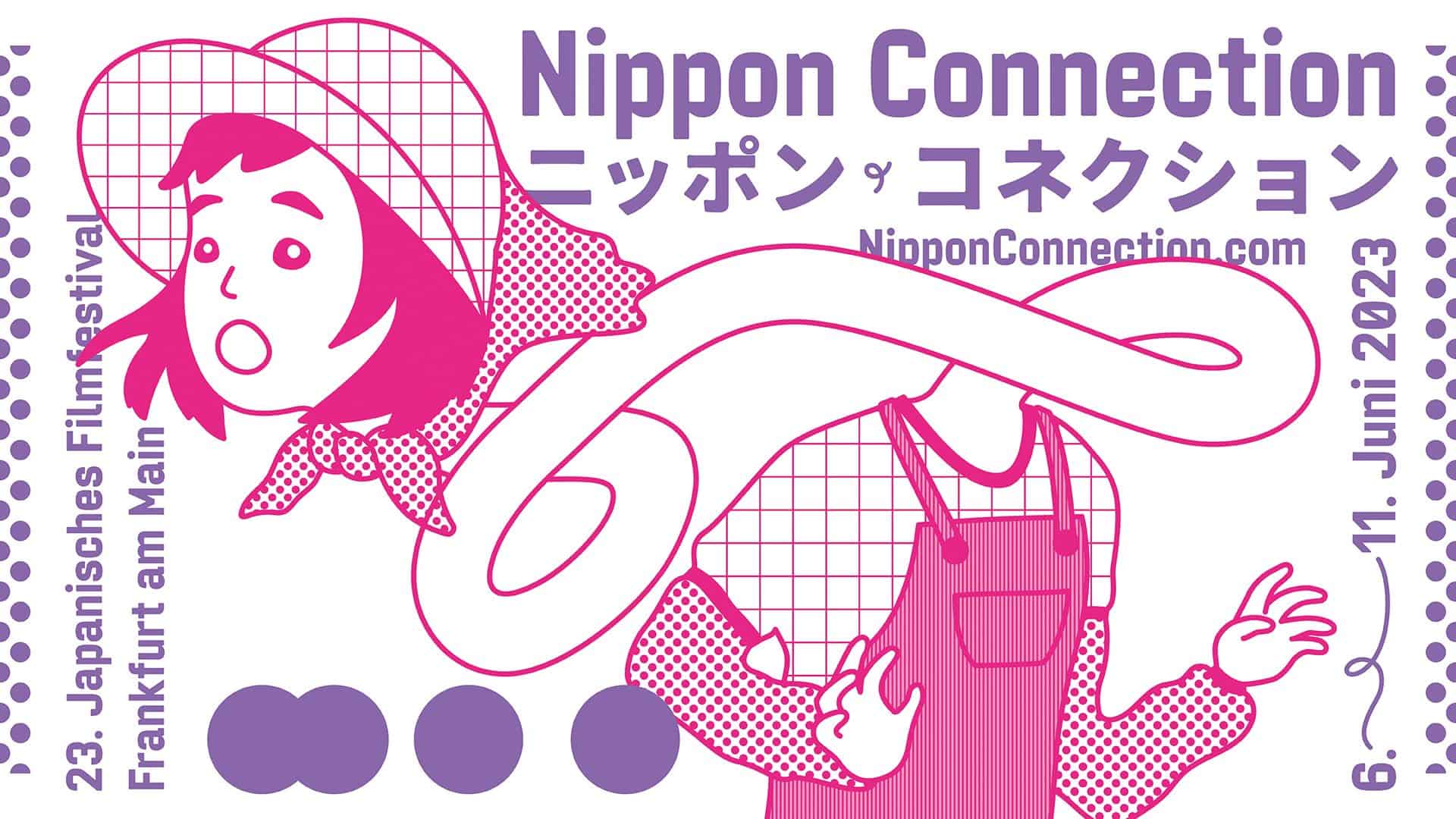
“Twenty-Four Eyes” is based on the novel of the same name by Sakae Tsuboi. This project would be personal work for filmmaker Keisuke Kinoshita as he was outspokenly anti-war. Besides directing it, he also wrote the screenplay. The film stars Hideko Takamine, who previously worked with Kinoshita, notably starring in his comedy feature “Carmen Comes Home.” “Twenty-Four Eyes” would be met with critical acclaim, earning numerous awards, including a Kinema Junpo “Best Film” award, and standing as one of Kinoshita's most popular and acclaimed films. Tsuboi's original story would see countless TV drama adaptations throughout the years, along with a remake in color directed by Yoshitaka Asama, released in 1987.
Chronicled over decades and primarily set on a remote island in Japan, committed schoolteacher Hisako Oishi works hard and teaches her young students positive virtues. She develops a strong emotional bond with her pupils, who look up to her as a motherly figure. While trying to present an uplifting look at life for these children, she worries about their future as the Second Sino-Japanese War commences, further escalating with the Pacific War of World War II. In addition, her pacifism clashes with the growing nationalism in the country.
From start to finish, “Twenty-Four Eyes” is an emotional journey. For one thing, Hisako Oishi prioritizes presenting a positive outlook on life to the children she teaches, which is beautiful, and the bond the kids form with her is heartwarming. Yet, the movie is also raw in its look at harsh realities, such as coming to terms with aging and accepting life and death. In addition, the film is a somber look at ultra-nationalism and war, its negative effects on society, and its toll on the human condition. Keisuke Kinoshita promotes themes of anti-militarism and pacifism, along with female empowerment. Oishi is a strong-willed woman who stands by her good-natured beliefs and is committed to ensuring a positive worldview for her students, an aspect of the picture that gripped many female audiences when it was released. When combined, all these elements make the film all the more three-dimensional and engaging as a powerful anti-war drama.
The acting helps sell the endearing nature and emotional weight of “Twenty-Four Eyes.” Hideko Takamine is fantastic as Hisako Oishi in what would be a noteworthy role for her, up there with her later collaborations with filmmaker Mikio Naruse. Takamine's kind demeanor and all-around likability make her character charming to follow, while she also nails the more somber moments of the film. Oishi's pupils are also lovable, never coming off as annoying, and the strong bond they grow to have with their teacher is both adorable and sad when considering the nationalistic pressures around them. The respective players for the youths also do commendable work, whether it be the child actors or their adult counterparts.
The imagery helps create an immersive atmosphere, with gorgeous cinematography by Hiroshi Kusuda. An elegant music score by Chuji Kinoshita is also a nice component of the movie. Regarding historical accuracy, there is plenty of subtle attention to detail when chronicling the narrative's history. Much of this comes into play with the character of Hisako Oishi, who is a devoted pacifist with anti-war beliefs. Around the time in which the movie takes place, nationalism had become so widely popularized in Japan that the masses would often ostracize those who didn't stand with them. This would only become harder and more extreme with Japan's wartime activity in China and what transpired in the Pacific during World War II. Oishi's concern for the children as they grow up is equally poignant, considering the Imperial Japanese Army was willing to draft soldiers as young as mid-teens. Then there is the trauma that followed after the Second World War for the Japanese citizens, especially after the Tokyo fire bombings and the nuclear bombings of Hiroshima and Nagasaki.
“Twenty-Four Eyes” is a wonderful film and one of Keisuke Kinoshita's crowning achievements. Years later, it remains just as profound today as it was when released. It is endearing, charming, powerful, and haunting with its look at dedication and morality as history forever changed. In addition, it provides a unique, grounded pacifistic perspective during World War II from a country more internationally recognized historically for its more infamous wartime activity.



